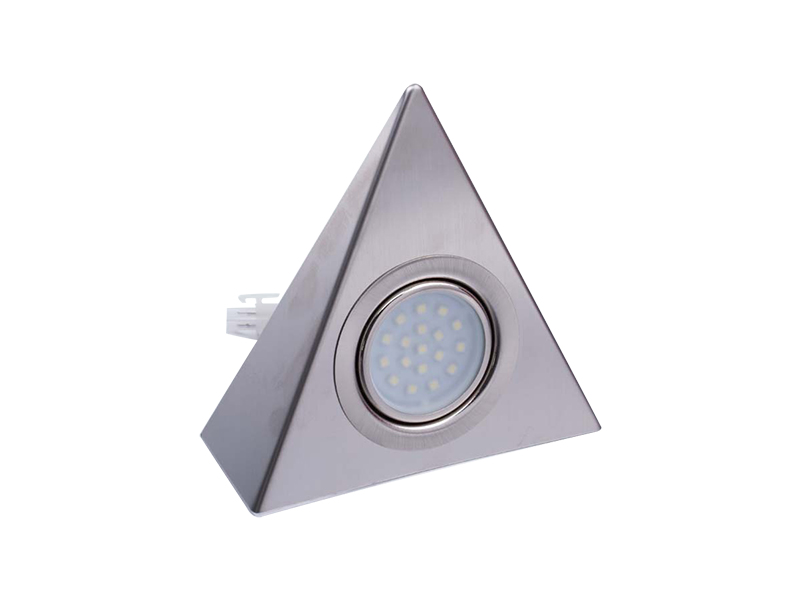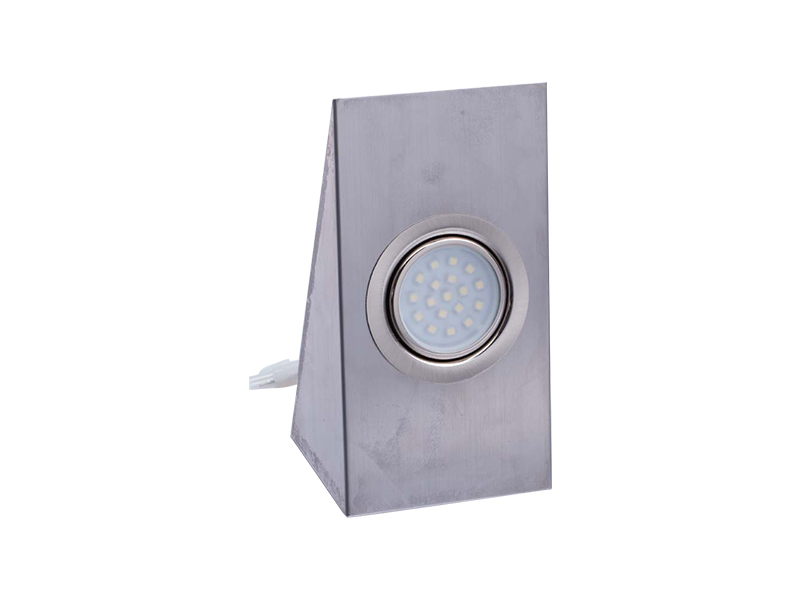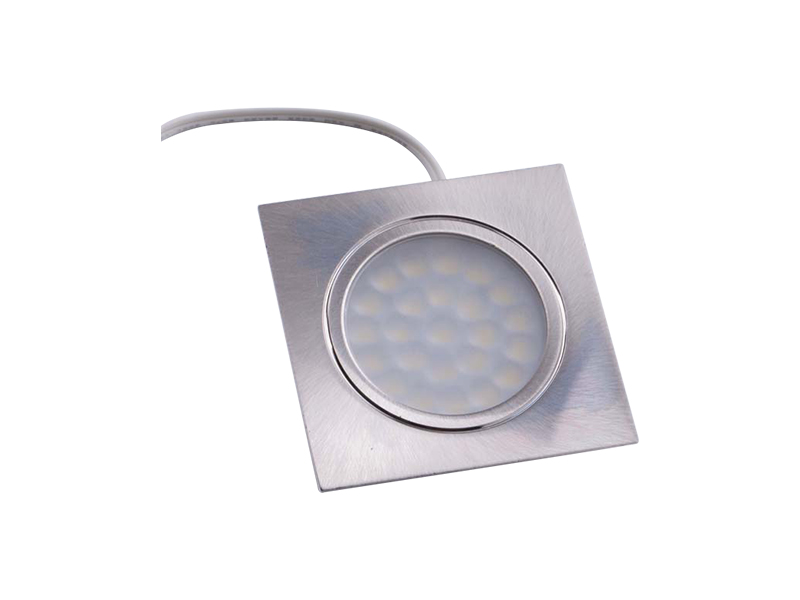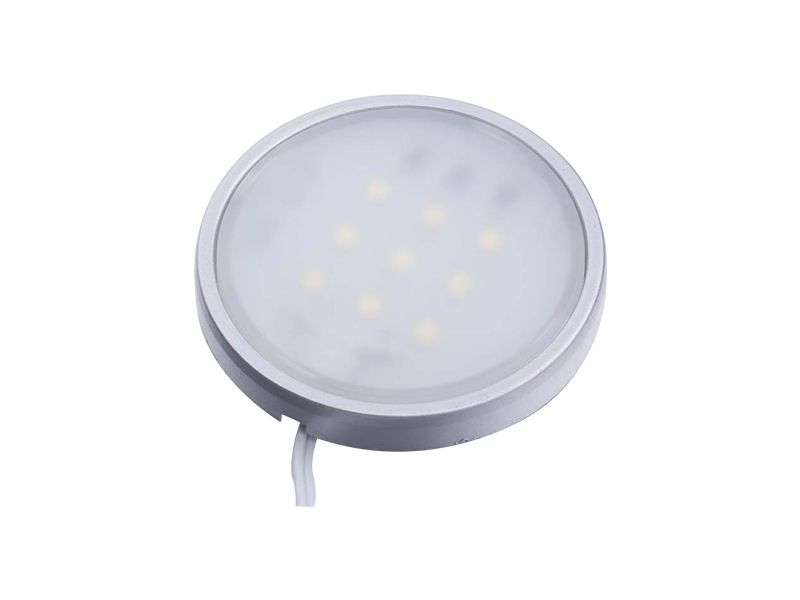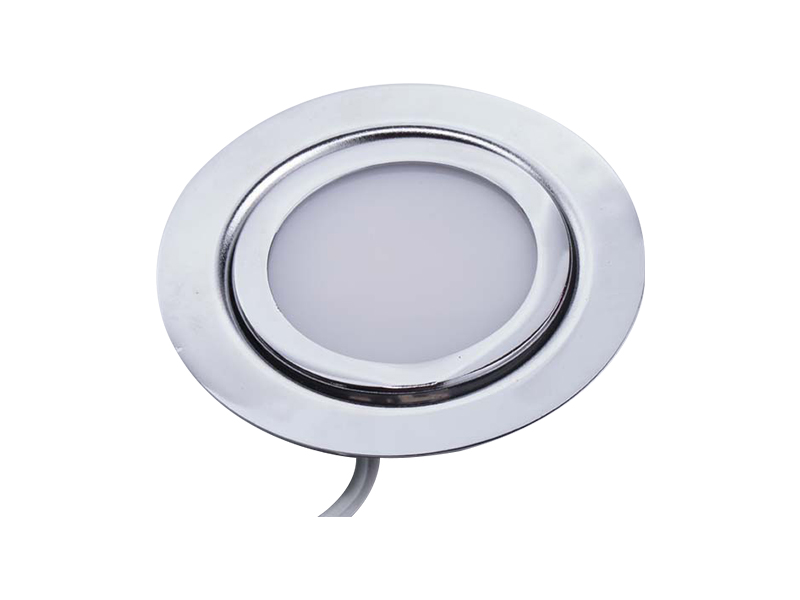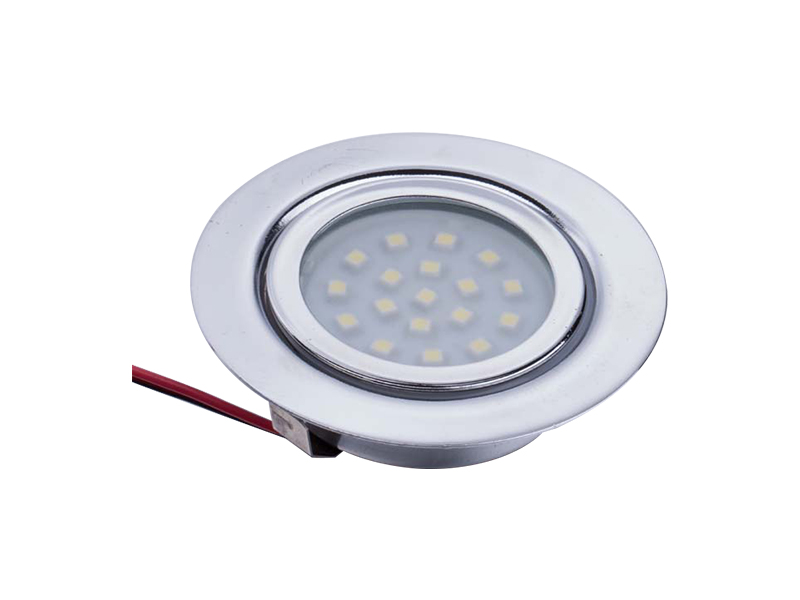-

E-mail:[email protected]
-

Telphone:+86-574-88073028
-

FAX:+86-574-88073029
QR code on
mobile phone
Welcome to Eastkey!
Welcome to Dongke!
LED mirror lights are increasingly integrated into modern bathroom and home design due to their ability to provide clear illumination while consuming less power than traditional lighting technologies. These products are commonly manufactured in specialized facilities such as a LED mirror factory, where designs like the front lit LED mirror, telescoping LED light, and sink mirror with lights are produced. A key consideration for consumers is whether these mirrors offer energy-saving properties. By examining their technology, construction, and practical performance, it becomes clear that they contribute positively to reducing household energy usage.
One of the most important aspects of LED lighting systems for home is their ability to transform electricity into light with high efficiency. Unlike incandescent bulbs that convert most energy into heat, LEDs minimize wasted energy, thereby lowering electricity bills and improving sustainability. When installed in a mirror fixture such as a waterproof bathroom mirror or lights around bathroom mirror, these LEDs operate with lower wattage while still producing sufficient brightness. This efficient conversion highlights why the energy consumption of LED lights is significantly lower compared to older lighting technologies.
The design of an LED mirror also influences its energy-saving potential. A front lit LED mirror distributes light evenly across the mirror surface, reducing the need for additional lighting in the room. Similarly, a telescoping LED light provides targeted illumination, ensuring users can adjust the angle for tasks without turning on multiple overhead fixtures. By reducing dependency on extra lighting sources, mirrors with integrated LEDs directly support energy conservation in daily use. A LED mirror factory carefully engineers these designs to balance brightness and efficiency.
Different types of LED mirrors vary in their power demands. For instance, a sink mirror with lights often consumes slightly more energy than a small bathroom mirror waterproof due to larger illuminated areas. However, all of these remain efficient compared to fluorescent or halogen alternatives. The following table illustrates a comparison of energy use across typical LED mirror types.
| LED Mirror Type | Average Wattage | Energy Efficiency | Notes on Usage |
|---|---|---|---|
| Front lit LED mirror | 12–18W | High | Even illumination, reduces need for overhead lights |
| Waterproof bathroom mirror | 10–15W | High | Designed for humid environments with low power use |
| Telescoping LED light | 8–12W | Moderate–High | Adjustable light, saves energy by focusing only where needed |
| Sink mirror with lights | 15–25W | High | Larger light area but still efficient vs. halogen |
| Lights around bathroom mirror | 18–28W | High | Decorative yet functional, consumes less power than multiple wall lights |
This comparison confirms that even the higher wattage mirrors consume significantly less power than conventional bathroom fixtures.
Many homeowners are now adopting LED lighting systems for home that include both overhead fixtures and integrated mirror lighting. By combining a mirror fixture with strategically placed room lights, users can create a layered lighting environment without excessive energy draw. A waterproof bathroom mirror with LEDs not only illuminates the sink area but also reduces reliance on ceiling lights during tasks like shaving or makeup application. This integration ensures consistent brightness while keeping energy consumption minimal.
Although LEDs are inherently energy efficient, other factors also influence their overall performance. A well-designed LED mirror factory product incorporates drivers and smart controllers that regulate voltage and reduce unnecessary energy use. For example, dimmable features in a front lit LED mirror allow users to adjust brightness according to need, preventing excess power consumption. Moreover, reflective backing in lights around bathroom mirror designs helps maximize light output without requiring higher wattage.
In practice, the energy-saving benefits of LED mirrors become noticeable in daily routines. A sink mirror with lights ensures clear visibility, eliminating the need for additional lamps. A telescoping LED light can be adjusted to provide precise illumination for grooming, meaning users can avoid turning on larger lighting fixtures. Over time, these small adjustments contribute to lower electricity bills and a reduced environmental footprint. The energy consumption of LED lights remains consistently low even with prolonged daily use.
In addition to reducing power usage, energy-efficient LEDs also produce less heat, which enhances safety. A bathroom mirror waterproof design that incorporates energy-saving LEDs minimizes overheating risks. Lower power draw means less strain on electrical circuits, reducing the chances of electrical issues. By combining waterproofing with efficient lighting, manufacturers ensure both functional and safe operation in humid bathroom environments.
From a consumer perspective, energy efficiency directly translates to cost savings. Although LED mirrors may have higher upfront costs than traditional mirrors with halogen lights, their long lifespan and reduced energy requirements offset the initial investment. For example, a front lit LED mirror or lights around bathroom mirror may last for years with minimal replacement needs, while consuming far less energy. The lower energy consumption of LED lights results in monthly utility savings, making these mirrors a practical long-term choice.
top
E-mail:[email protected]
Telphone:+86-574-88073028
FAX:+86-574-88073029
